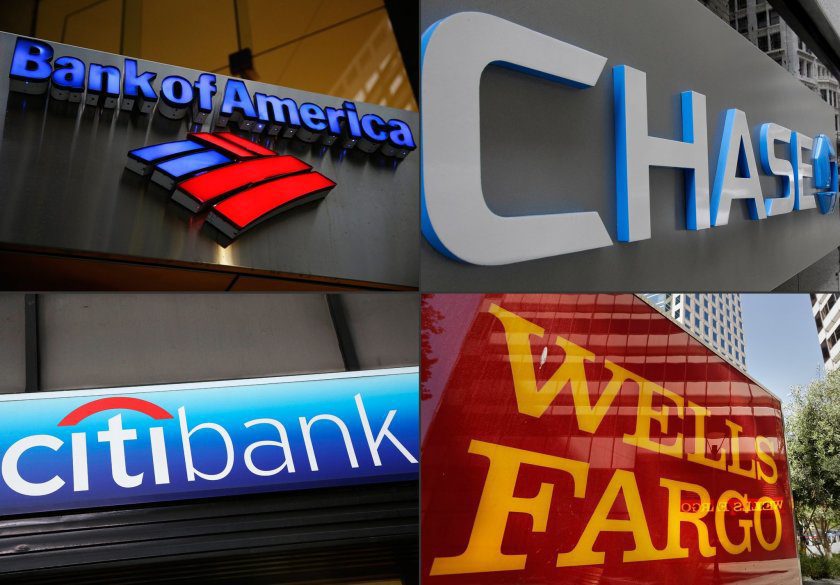
According to the research data analyzed and published by ComprarAcciones, the personal saving rate in the US as of July 20, 2020 was 17.8%, up from 7% the previous July. The rate increased from 7.6% in January and hit a high of 33.7% in April 2020.
In April 2020 alone, deposits in US banks grew by a massive $865 billion according to the FDIC data. It coincided with a 10.5% increase in personal income according to the Bureau of Economic Analysis (BEA). Overall, FDIC shows an upsurge of deposits exceeding $2 trillion during the pandemic period.
JP Morgan Chase Grows by 18% in Total Deposits, Citigroup 11% and BAC 10%
During Q1 2020, total deposits made into US banks amounted to $15.78 trillion according to YCharts. It marked an 8.54% increase from $14.54 trillion in Q4 2019. There was a 13.29% year-on-year (YoY) growth from $13.93 trillion in Q1 2019. At the end of February, banks held $13.3 trillion in deposit accounts. During the week ending June 2020, this figure had risen to $15.47 trillion.
According to the FDIC, over 66% of the gains went to the top 25 US banks by assets. Of these, the top three banks reported the highest growth. JP Morgan Chase saw an increase of 18% in total deposits from Q4 2019 to Q1 2020. During the same period, Citigroup reported 11% growth while Bank of America saw an increase of 10%. In contrast, the industry as a whole only reported a 4% upsurge.
Due to this explosive growth, the top 5 banks by assets held over $7 trillion in deposits at the end of H1 2020. JP Morgan Chase led the pack with $2.05 trillion while Bank of America was second with $1.82 trillion. Wells Fargo was third with $1.50 trillion, Citigroup fourth with $1.24 trillion and U.S. Bancorp fifth with $425.28 billion.
Personal Income Increases by 10.5% in April 2020
As the research pointed out, the reasons for the astounding surge in deposits in H1 2020 are all linked to the pandemic in one way or another. For starters, uncertainty about the future led decision-makers in corporate institutions as well as households to hoard cash.
“The Federal Reserve initiated a massive bond-buying program, funds that went to investment custodians. Not surprisingly, JP Morgan Chase and Citigroup have some of the largest custody divisions in the industry,” said the report. “At the same time, the government released money in various forms to support the country amid the outbreak. The efforts included direct checks to households, loans to SMEs and expansions in unemployment benefits. A case in point was the $660 billion released for the Paycheck Protection Program, which first ended up in bank accounts.”
According to data from the Bureau of Economic Analysis (BEA), there was an increase of 10.5% in personal income in April 2020. Part of the reason for this was the $1,200 stimulus package for individuals whose annual income was below $7,500. The US Treasury reported making over 159 million payments totaling more than $267 billion in a period of less than two months.
As the level of economic recovery payments dropped in subsequent months, so did the increase in personal income. BEA data points to a drop of -4.2% in May and -1.1% in June 2020.
HedgeThink.com is the fund industry’s leading news, research and analysis source for individual and institutional accredited investors and professionals




































